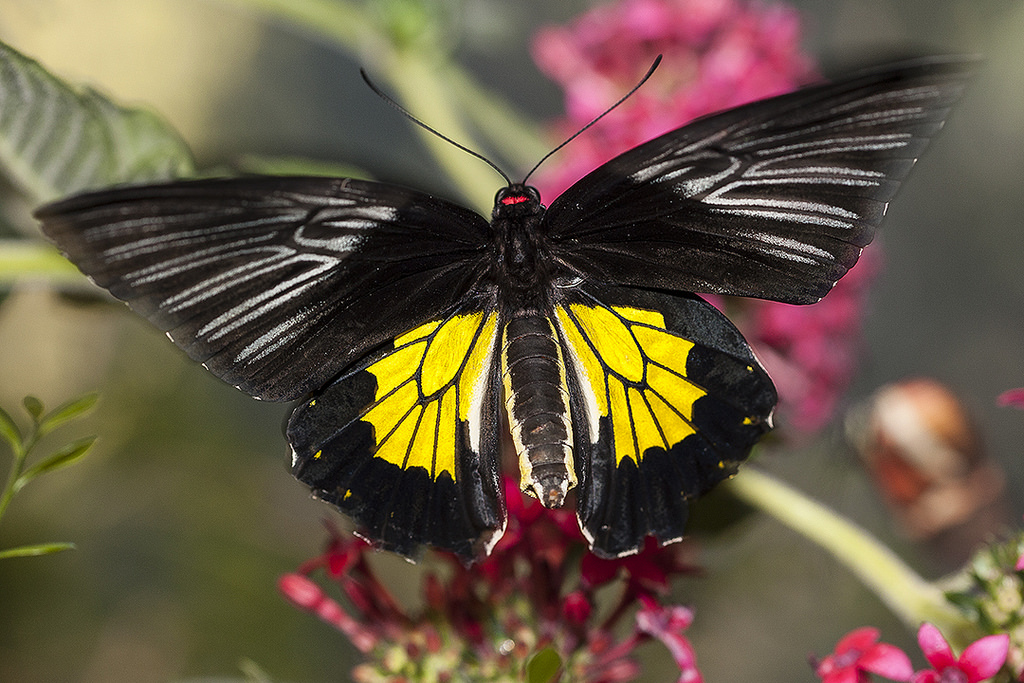Welcome to Facts Vibes! Delve into the enchanting world of butterflies with our article featuring 100 captivating facts. From their diverse range of species to their remarkable life cycles, prepare to be amazed by the wondrous world of these delicate yet resilient creatures.
The Fascinating World of Butterflies: 100 Incredible Facts
The Fascinating World of Butterflies: 100 Incredible Facts
Butterflies are some of the most amazing creatures on our planet, with their stunning colors and delicate wings. Here are 100 incredible facts about these fascinating insects that will amaze and astound you.
1. There are approximately 20,000 species of butterflies worldwide.
2. The smallest butterfly is the Western Pygmy Blue, with a wingspan of just 0.5 inches.
3. The largest butterfly is the Queen Alexandra’s Birdwing, with a wingspan of up to 11 inches.
These incredible creatures undergo a fascinating process called metamorphosis, transforming from a tiny egg into a beautiful butterfly. Butterflies play a crucial role in ecosystems as pollinators, helping plants to reproduce. Their beauty and grace have captured the imagination of people around the world for centuries.
As we continue to discover more about these wondrous insects, we gain a deeper appreciation for the intricate and intriguing world of butterflies.
Most popular facts
There are about 20,000 different species of butterflies worldwide.
Correct, there are approximately 20,000 different species of butterflies worldwide.
Butterflies taste with their feet to determine whether a plant is suitable for laying eggs.
Yes, butterflies taste with their feet to determine whether a plant is suitable for laying eggs.
The lifespan of most butterflies ranges from one week to a month.
Most butterflies have a lifespan ranging from one week to a month.
Monarch butterflies are known for their annual migration from Canada to Mexico.
Monarch butterflies annual migration from Canada to Mexico is well known.
Some species of butterflies, like the Brimstone butterfly, can live up to 12 months.
Some species of butterflies, like the Brimstone butterfly, can live up to 12 months.
Butterfly wings are actually transparent and the colors and patterns we see are due to tiny scales.
Butterfly wings are actually transparent, and the colors and patterns we see are due to tiny scales.
The world’s smallest butterfly, the Western Pygmy Blue, has a wingspan of around
The world’s smallest butterfly, the Western Pygmy Blue, has a wingspan of around 0.5 inches.
5 inches.
5 inches is a measurement in the context of Information and facts.
Butterflies are important pollinators in various ecosystems.
Butterflies are important pollinators in various ecosystems.
The largest butterfly species, the Queen Alexandra’s birdwing, has a wingspan of up to 1 foot.
The largest butterfly species, the Queen Alexandra’s birdwing, has a wingspan of up to 1 foot.
Butterflies use a special orientation mechanism called polarized light sensitivity for navigation.
Butterflies use a special orientation mechanism called polarized light sensitivity for navigation.
Some butterflies, like the Common Buckeye, have false eyespots on their wings to deter predators.
Butterflies, like the Common Buckeye, have false eyespots on their wings to deter predators.
Butterflies undergo complete metamorphosis, including four life stages: egg, caterpillar, pupa, and adult.
Butterflies undergo complete metamorphosis, including four life stages: egg, caterpillar, pupa, and adult.
The Goliath Birdwing butterfly is the second largest butterfly species, with a wingspan of about 11 inches.
The Goliath Birdwing butterfly is the second largest butterfly species, with a wingspan of about 11 inches.
Butterflies are cold-blooded and rely on external sources of heat to regulate their body temperature.
Yes, butterflies are cold-blooded and rely on external sources of heat to regulate their body temperature.
Female butterflies typically live longer than males due to the energy expended during mating.
Female butterflies typically live longer than males due to the energy expended during mating.
In conclusion, the diverse and fascinating world of butterflies offers a wealth of knowledge and wonder. By exploring these 100 facts, we can gain a deeper appreciation for their beauty, significance in ecosystems, and the intricate nature of their life cycle. These creatures serve as a reminder of the delicate balance of nature and the importance of conservation efforts to preserve their habitats for generations to come.
